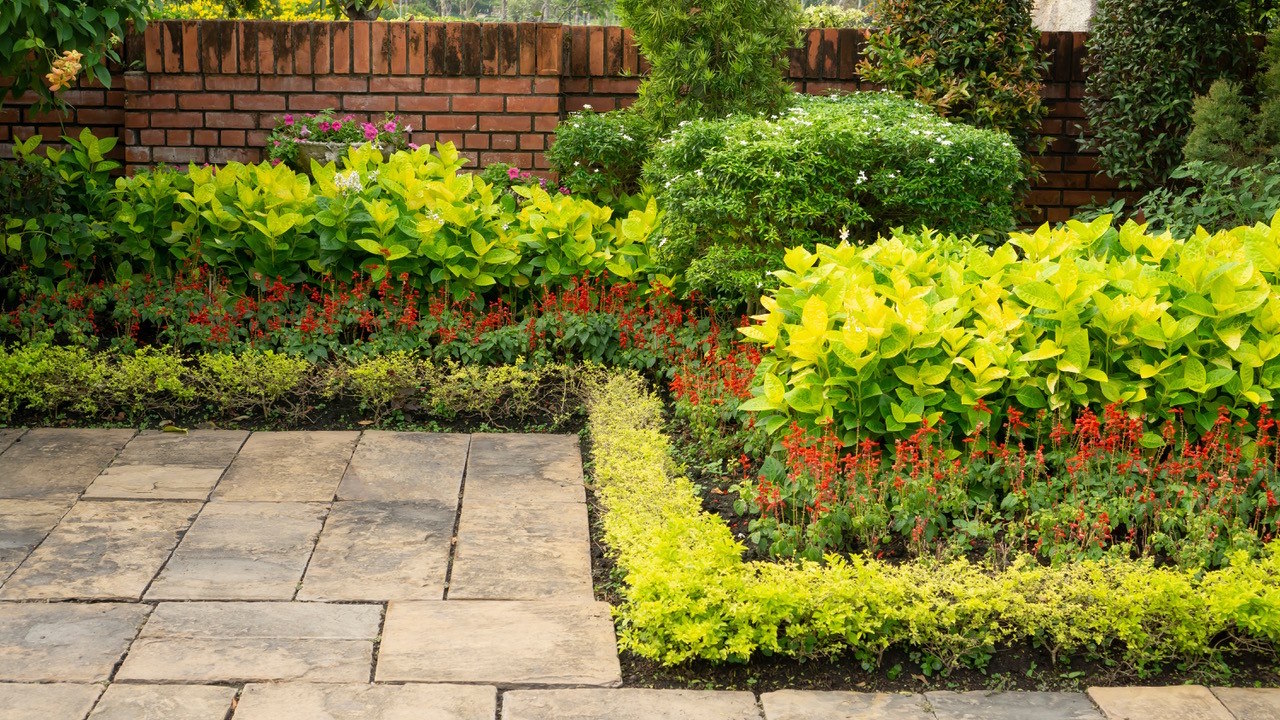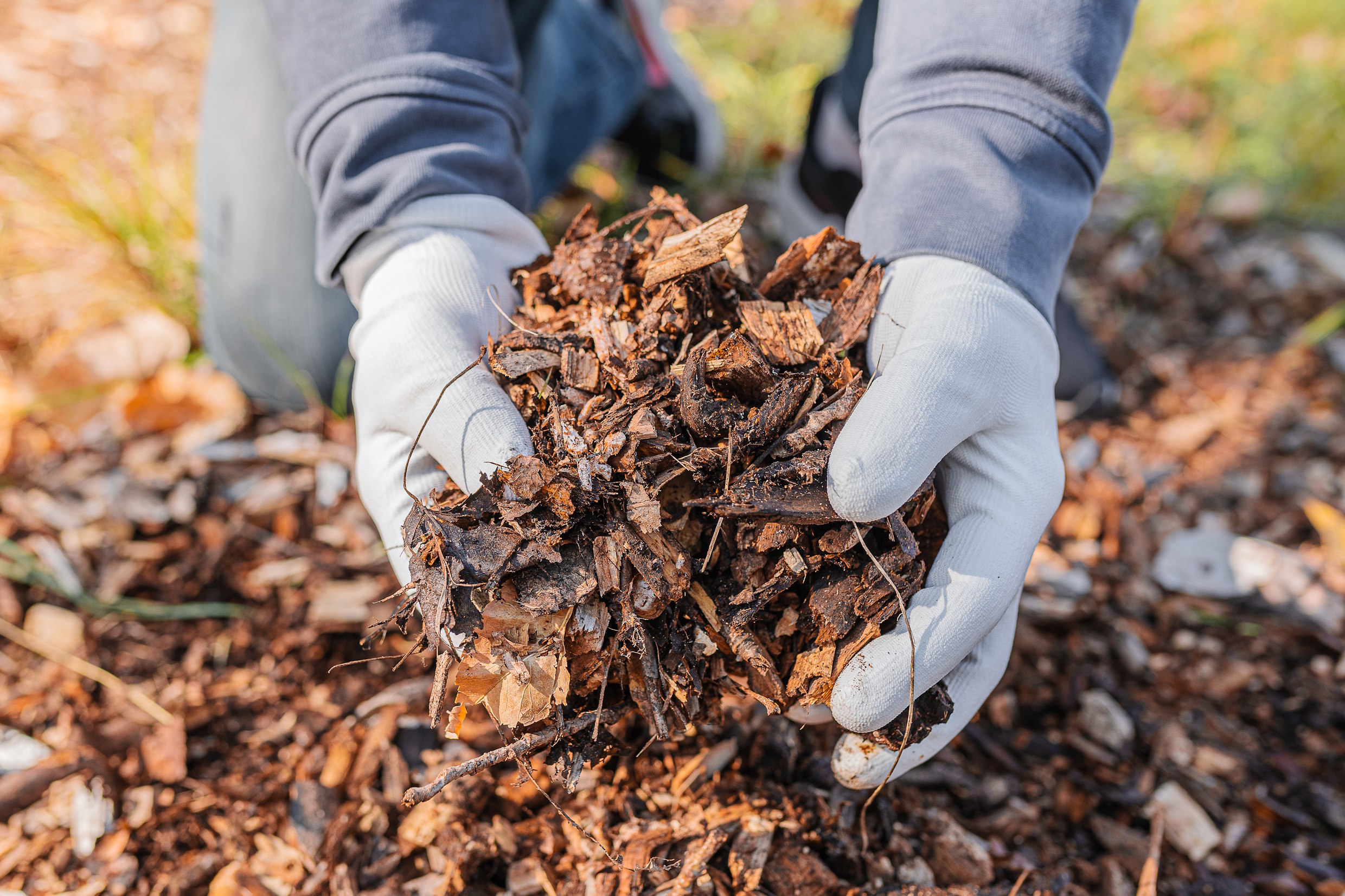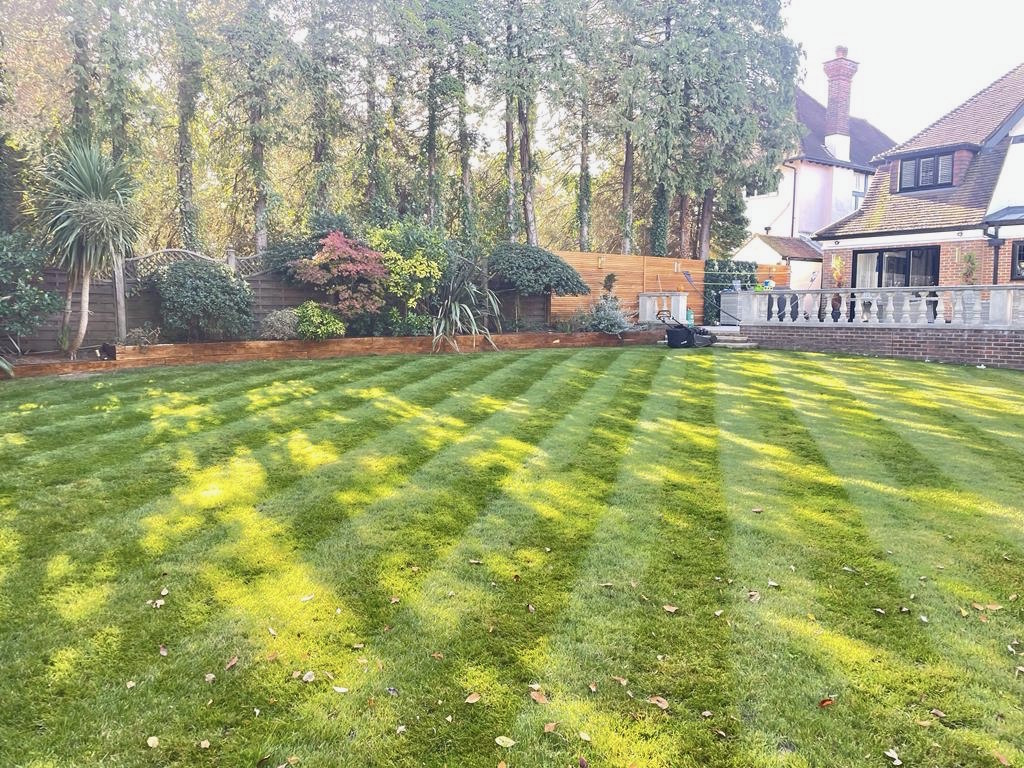Creating a garden that’s visually stunning all year round isn’t just about planting beautiful flowers. It’s about layering – a design principle that combines colour, height, texture, and seasonal interest to build a garden that looks great from every angle, in every season.
At All Seasons Garden Maintenance, we know how to make the most of your space – whether you have a small courtyard or a sprawling lawn. Based in Epsom and working across Surrey including Ashtead, Banstead, Leatherhead, Tadworth, and beyond, our expert team understands the importance of clever planting.
Here’s our guide to mastering the art of layering ornamental plants, so your garden thrives with structure and beauty all year.
1. Start with Structure: Your Backdrop Layer
The first step to a layered garden is choosing your structural plants. These typically go at the back of borders or in key focal points, offering form and evergreen interest.
Great choices include:
Taxus baccata (Yew) – Perfect for hedging or topiary with dark green foliage year-round.
Cornus alba (Dogwood) – Offers rich foliage in summer and vibrant red stems in winter.
Mahonia japonica – A bold, spiky evergreen with winter flowers and berries for wildlife.
These provide the foundation of your display, anchoring the garden and offering contrast for softer perennials and flowers.
2. Mid-Layer Magic: Filling the Middle Ground
The mid-layer is where you can be more expressive. Think flowering shrubs, bold perennials, and repeat bloomersthat add colour, movement and volume.
Our go-to mid-height ornamentals:
Lavandula angustifolia (Lavender) – Hardy, fragrant, and attractive to pollinators.
Heuchera – With colourful foliage ranging from lime to deep purple, it brings year-round appeal.
Rudbeckia and Echinacea – These daisy-like blooms are loved by bees and provide vivid late-summer colour.
To keep things interesting, mix flowering times and foliage shapes, so you’re not relying on just one season for impact.
3. Front of Border Charm: Low Growers and Ground Cover
At the front of your beds or borders, use low-growing plants that frame the display and soften hard edges. These plants should complement, not compete.
Lovely low-growing options:
Geranium ‘Rozanne’ – A long-flowering perennial with purple-blue flowers.
Thymus serpyllum (Creeping Thyme) – A fragrant groundcover that’s great between pavers.
Aubrieta – Perfect for rockeries or walls, with a spring burst of colour.
Use front-layer planting to tie the whole look together – think of it as the garden’s border frame.
4. Mix Textures for Interest
Ornamental planting isn’t just about colour – it’s about texture. Mixing leaf shapes, flower forms, and growth habitscan give your garden more visual depth and richness.
Combine:
Spiky (e.g., Iris, ornamental grasses)
Rounded (e.g., Peonies, Alliums)
Feathery (e.g., Ferns, Astilbe)
Glossy vs. matte foliage (e.g., Camellia vs. Alchemilla)
Texture layering is subtle but makes a big difference – especially in winter, when structure matters more than blooms.
5. Colour Theory in the Garden
Choosing colours that complement or contrast is essential for visual harmony. There are two main strategies:
Harmonious planting:
Stick to colours close together on the colour wheel (e.g., blues, purples, and pinks). This gives a calm, cohesive feel.
Contrasting planting:
Use opposites (e.g., purple and yellow) to create drama and energy. Use this to highlight feature plants or key garden areas.
To make colours pop, use silver or grey foliage (like Artemisia or Stachys) as a backdrop – it sets off brighter blooms beautifully.
6. Plan for Year-Round Appeal
One of the secrets to expert garden design is ensuring there’s something interesting every month of the year.
To achieve this:
Include spring bulbs like Tulips and Daffodils.
Use summer perennials and roses for warm-weather wow factor.
Choose autumn interest plants like Sedum, Aster, and ornamental grasses.
Don’t forget winter structure – evergreens and plants with winter berries or colourful stems.
A layered planting scheme isn’t just about now – it’s an investment in year-round enjoyment.
7. Keep It Practical
While it’s tempting to go all out, your garden should suit your lifestyle and time commitment. Choose low-maintenance ornamentals where possible, and plant in groupings for easier care and visual cohesion.
Need help bringing it all together?
Let All Seasons Help Layer Your Garden to Perfection
At All Seasons Garden Maintenance, we specialise in planting plans, soft landscaping, and garden maintenance across Surrey. Whether you want to refresh a tired flowerbed or create a whole new look, we’re here to help.
From regular garden care to hedge cutting, pruning, lawn care and planting, our team provides reliable, high-quality service year-round.
Ready to create a layered, beautiful garden that looks amazing in every season?
Contact us today and let’s bring your outdoor space to life.




